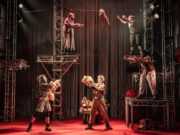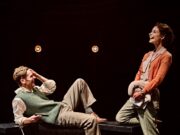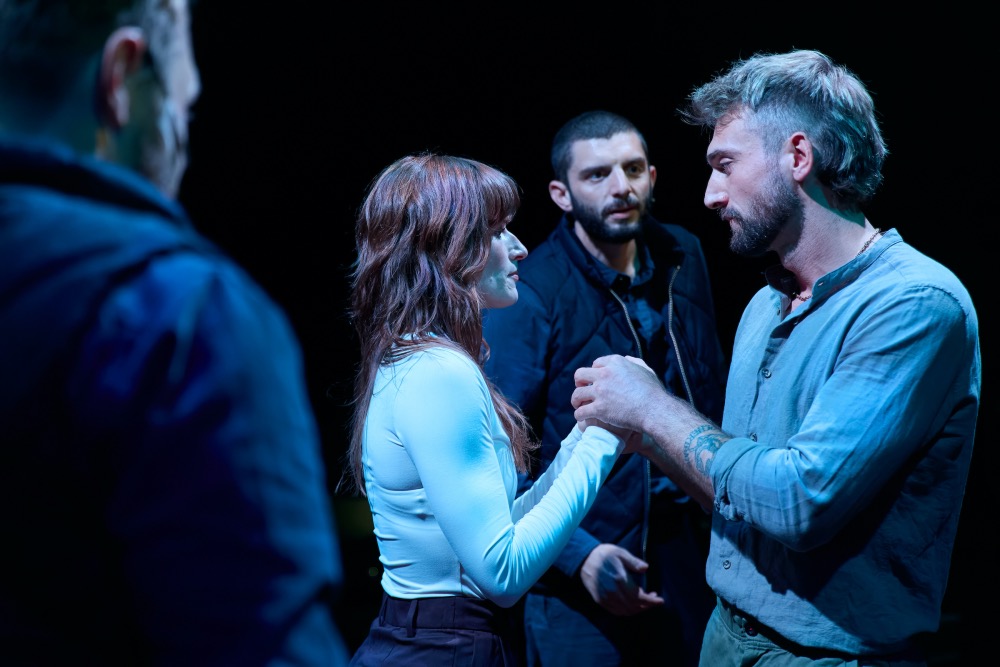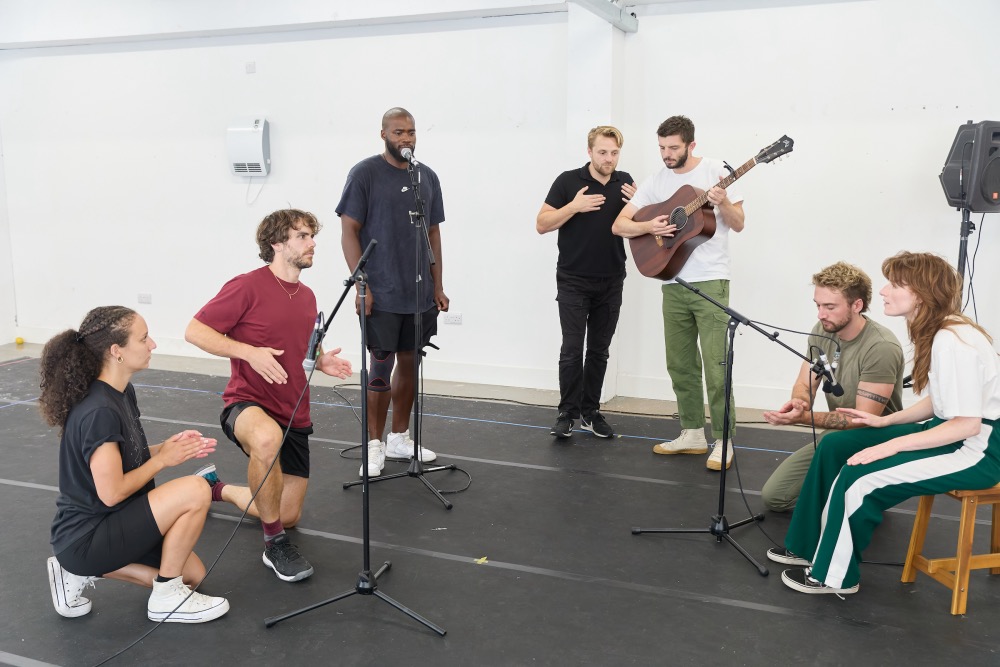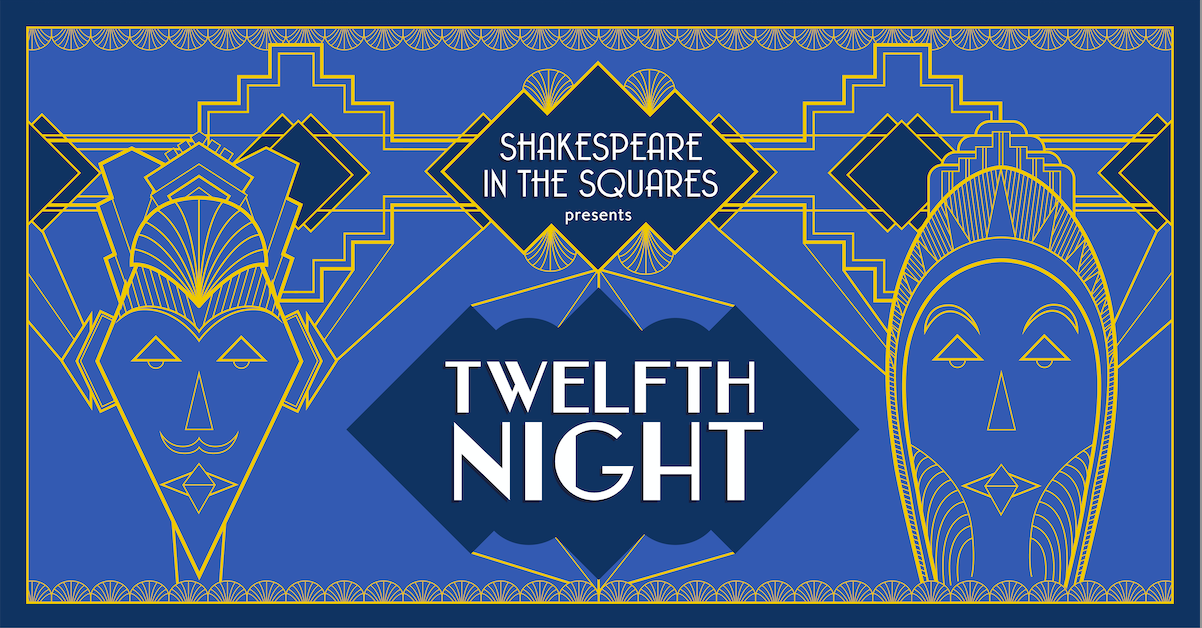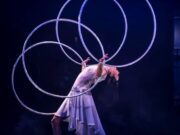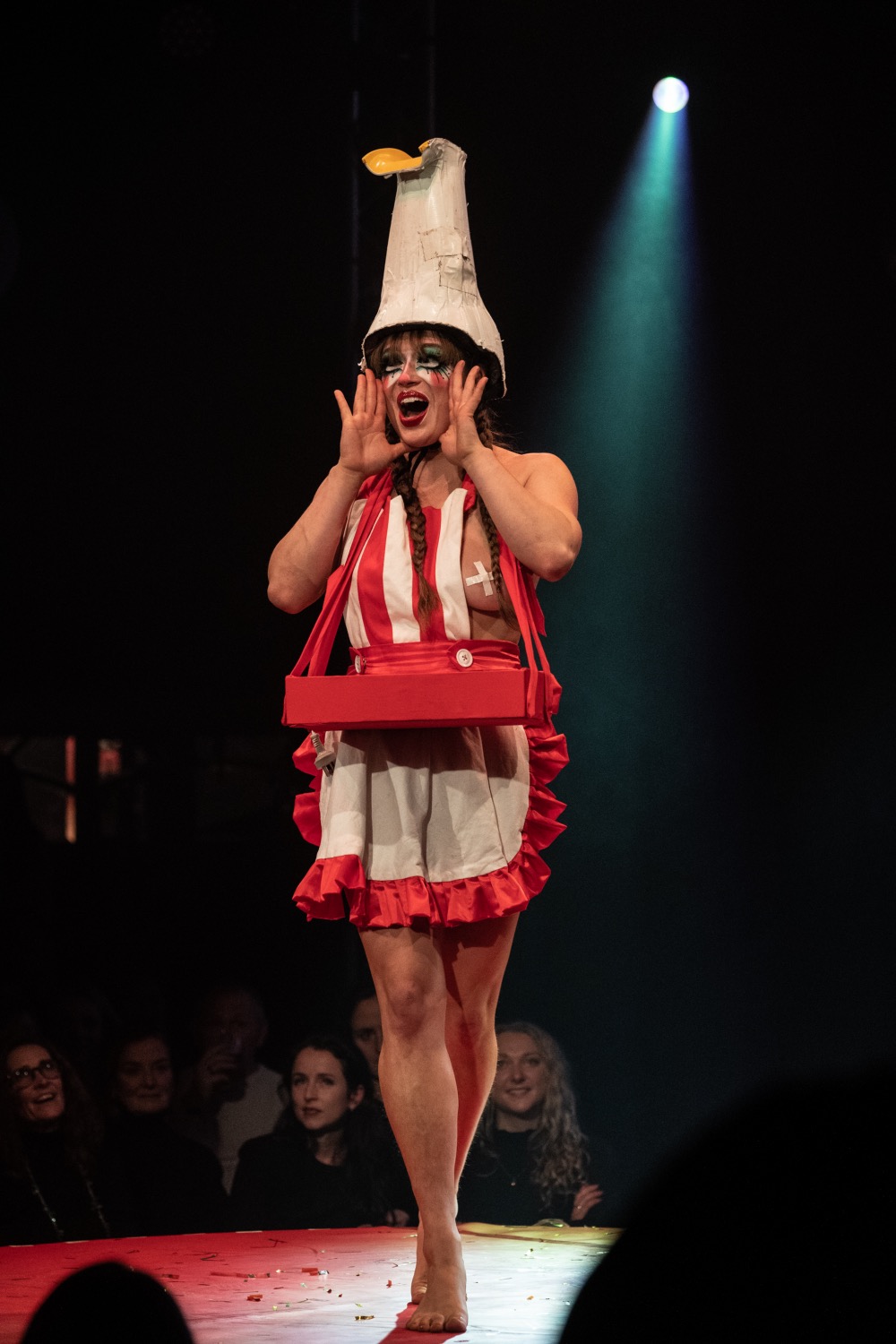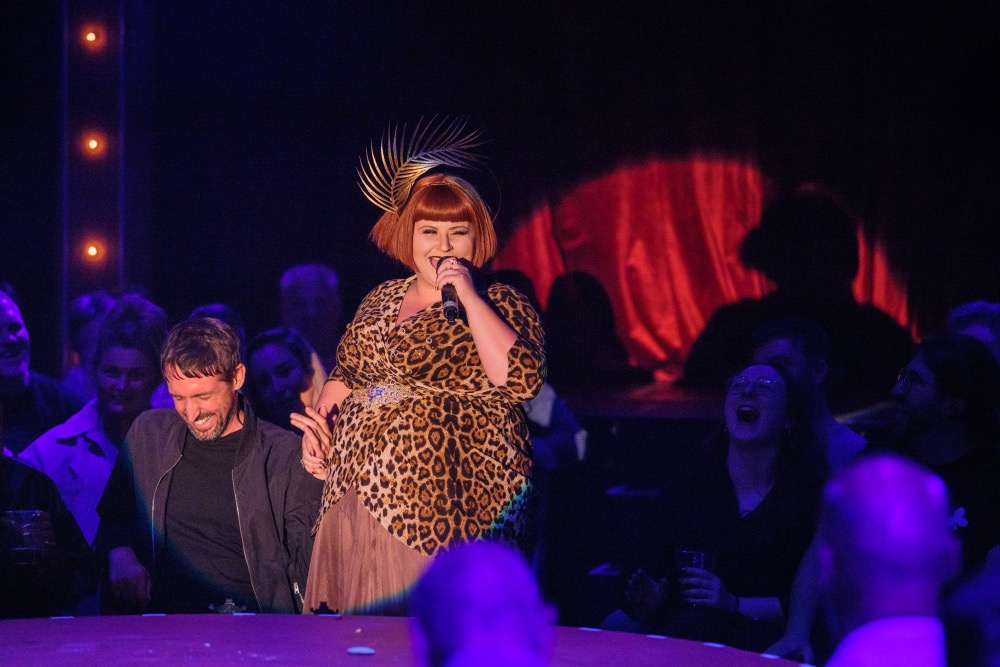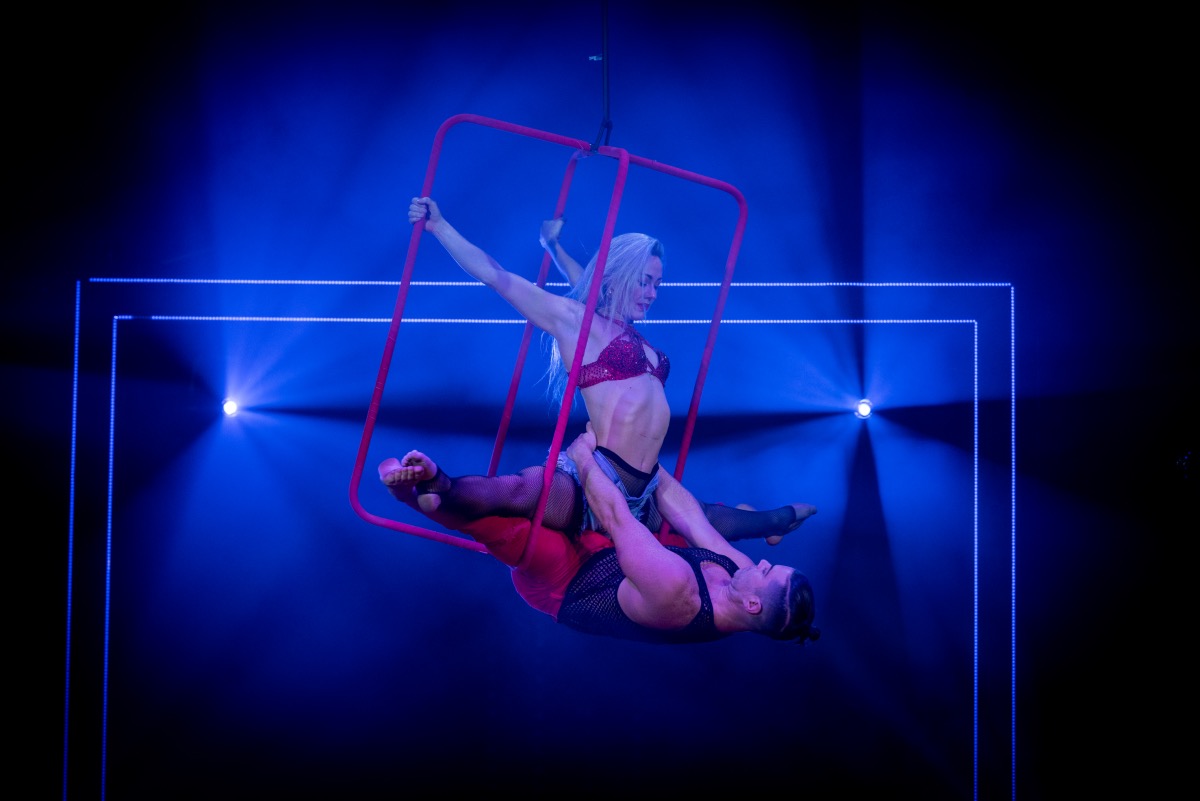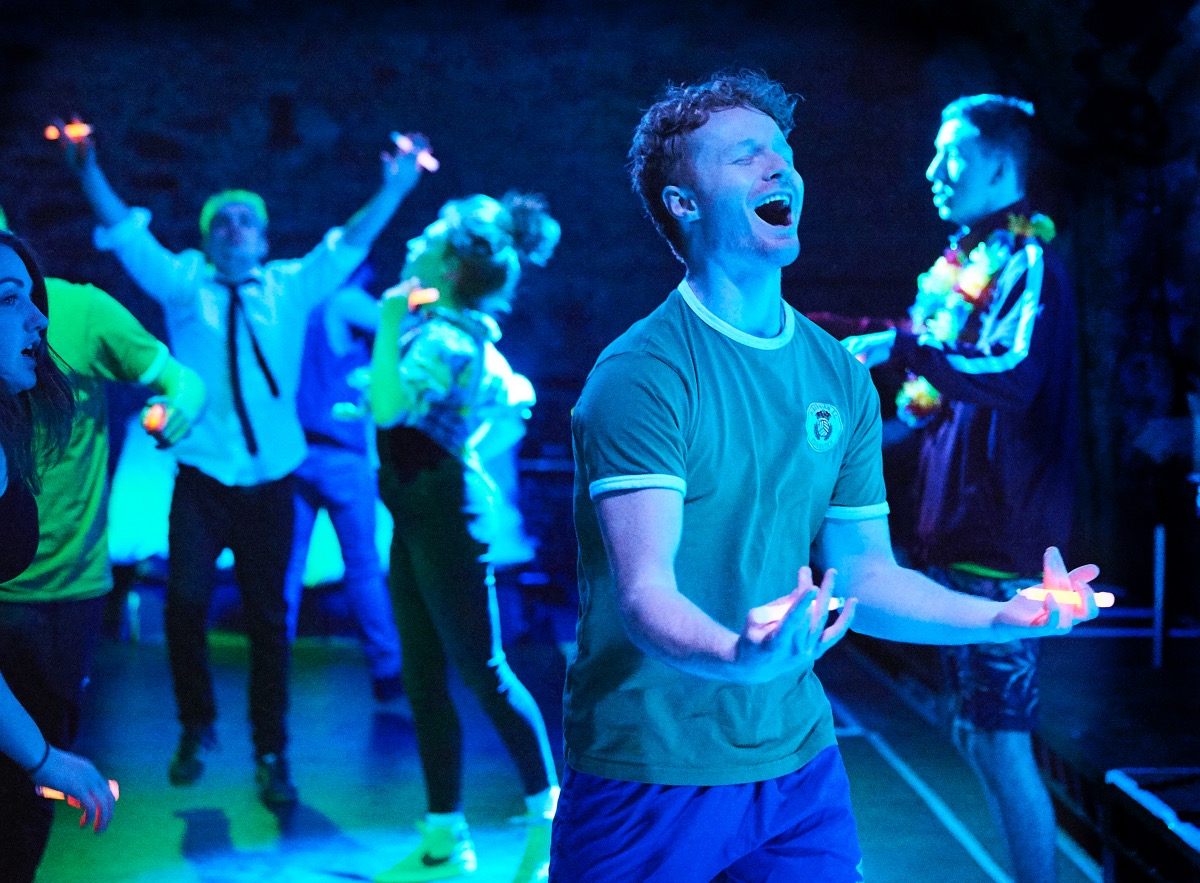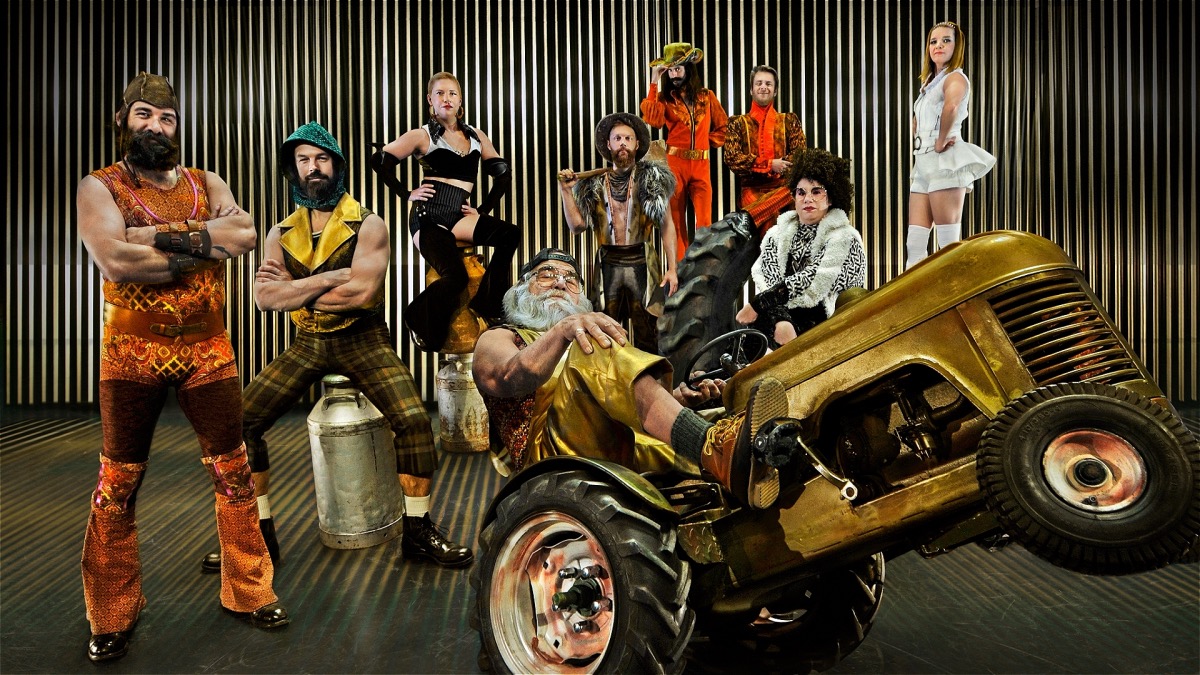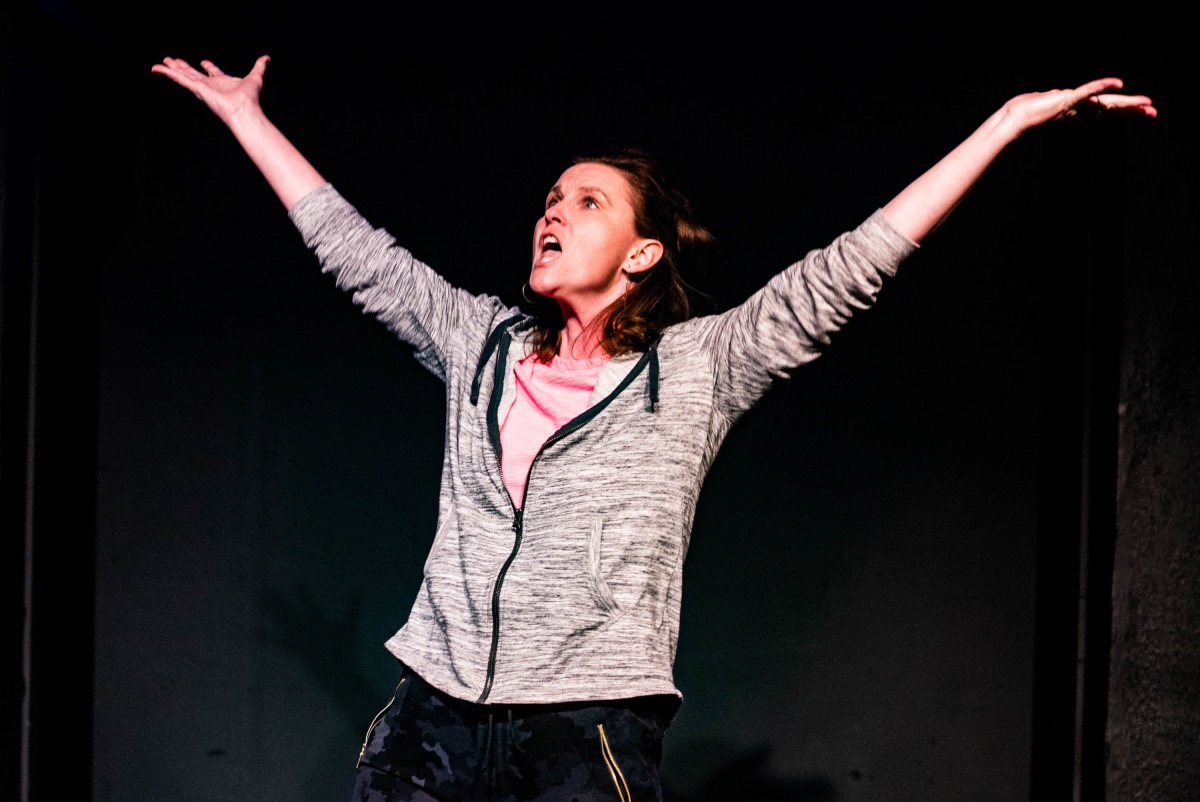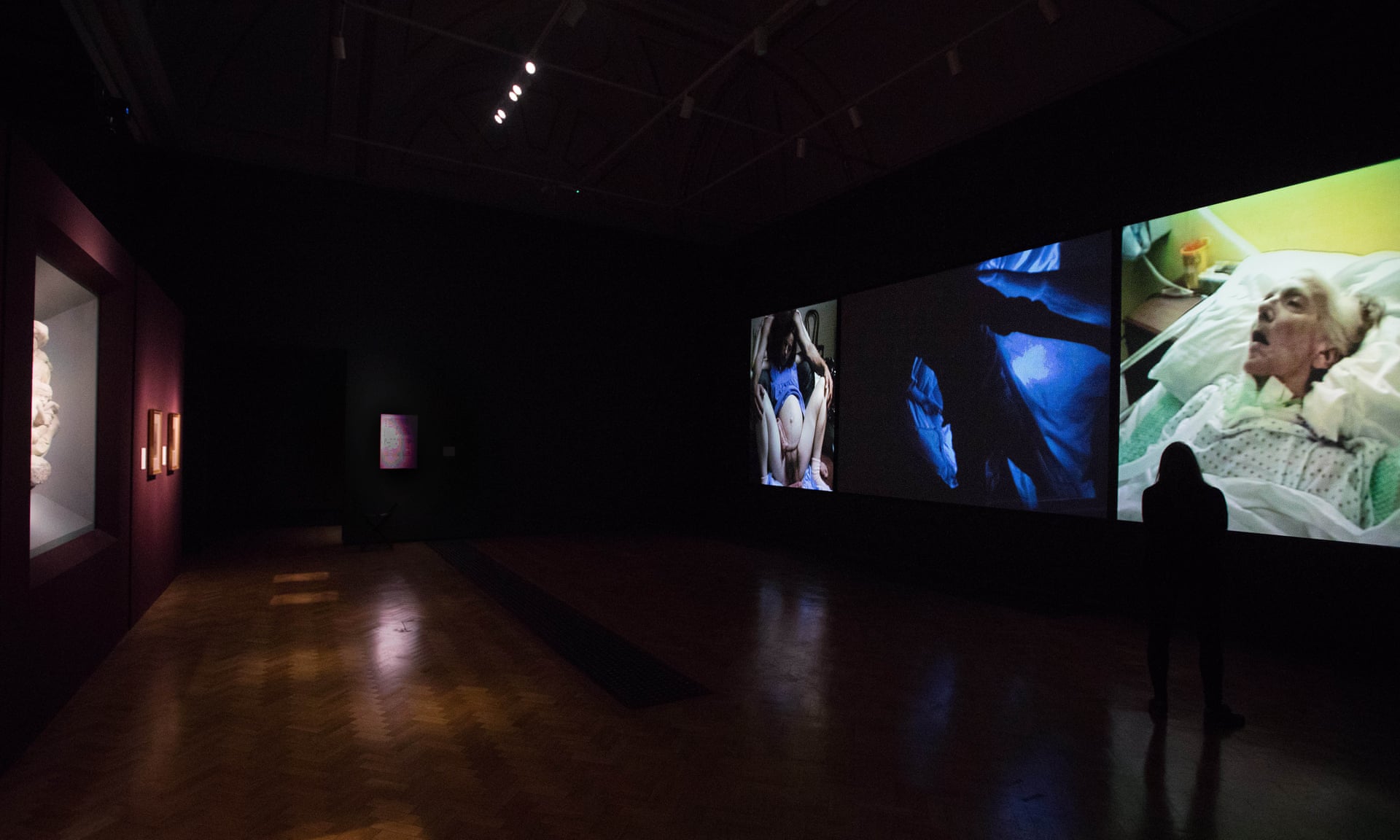
Why are we here? – The theme is life death rebirth. A joint exhibition of two artists separated by 500 years, is currently on display at the Royal Academy of Art in London.
Born 1951, renowned video artist Bill Viola’s work spans decades. One of the early pioneers in video art, he is responsible for bringing it into mainstream contemporary practice. He has really experimented with the medium to understand its properties and dimensions. As a young man Viola was heavily influenced by the father of video Art Nam June Paik.
There are striking thematic similarities in Viola’s work and that of the Renaissance Master Michelangelo. In the early 1970s, Viola lived and worked as a technical director in a cutting edge studio in Florence, the home of Renaissance art.
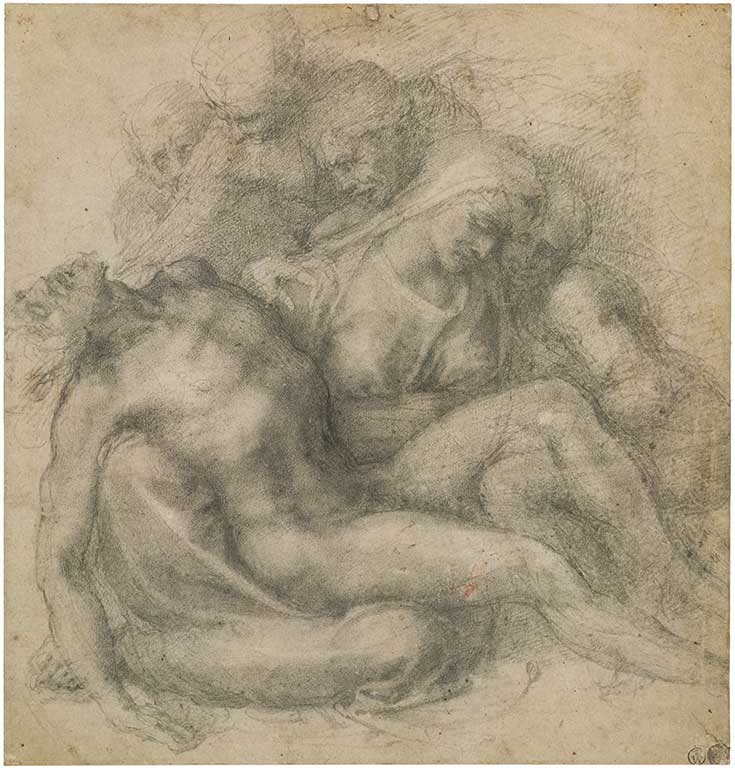
Michelangelo Buonarroti, The Lamentation over the Dead Christ, c. 1540 Black chalk, 28.1 x 26.8 cm The British Museum, London. Exchanged with Colnaghi, 1896, 1896,0710.1 © The Trustees of the British Museum 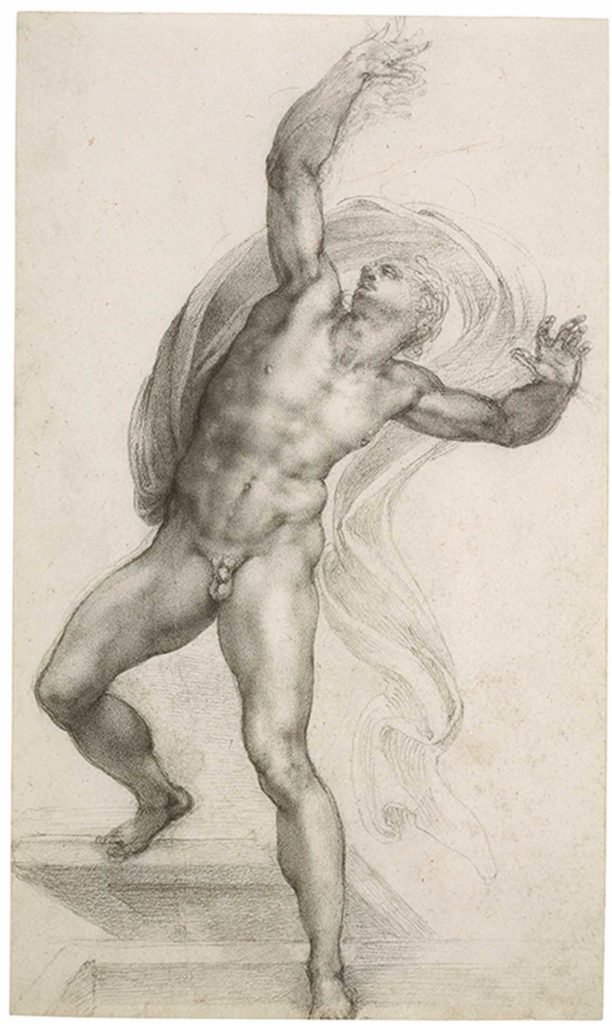
Michelangelo Buonarroti, The Risen Christ, c. 1532-3 Black chalk on paper, 37.2 x 22.1 cm Royal Collection Trust / © Her Majesty Queen Elizabeth II 2019
It was the death of his mother, that marked a very critical turning point for him, where he started to really study the images of the Renaissance. It was then that this imagery began to play an increasing role in his work. Viola credits late medieval and early renaissance as a huge part of his own awakening.
In the show, the viewer enters this fully immersive experience that examines the connection between art and spirituality by addressing our metaphysical and existentialist questions and concerns of why are we here. We journey through Viola’s 12 video installations that span from 1977 to 2013. These are juxtaposed with 12 drawings and one relief sculpture by Michelangelo (most of which are on loan from Her Majesty’s Collection).
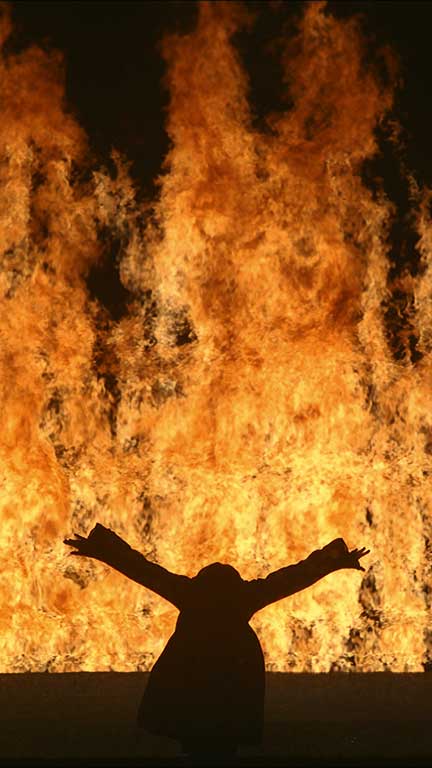
Water is a recurring element throughout Viola’s work. He has had a preoccupation with death and water for many years, stemming from a near-death experience when he was 6 years old
In The Messenger (1996) an image is projected on a screen, its dark and distorted. Gradually the image becomes larger and you begin to see a naked man emerge from the water. As he comes closer to the viewer he breaks the surface and releases a breath. This video runs on a reel signifying the constant circulation of birth to death.
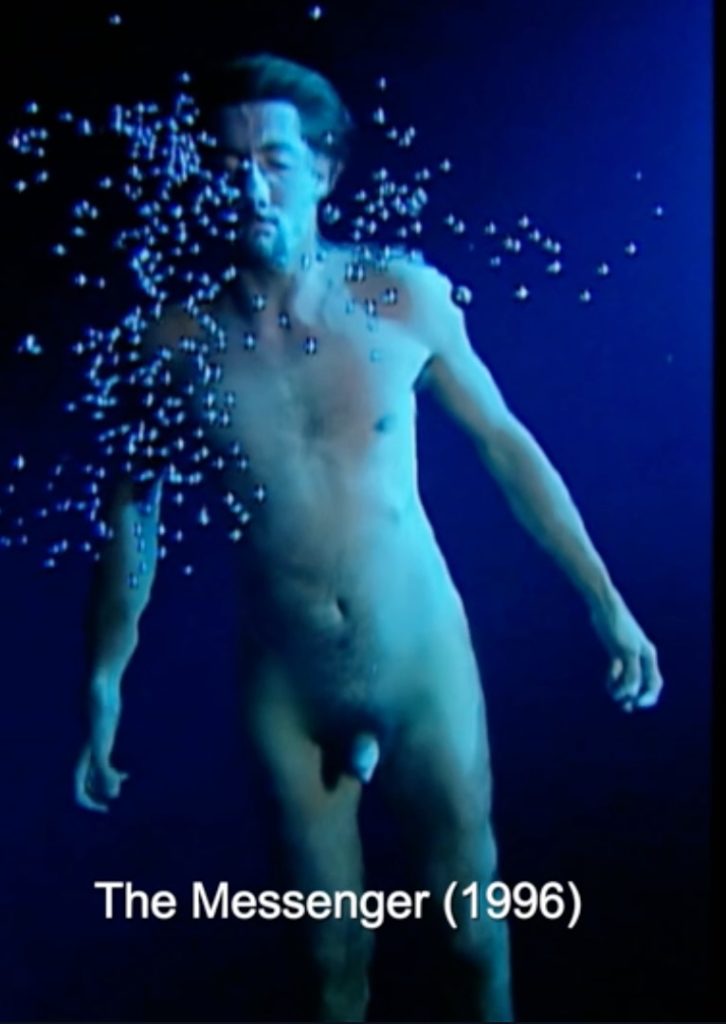
Viola says “beauty and death and life and art are all connected … you can find beauty in the birth of a child but you can also find beauty in death” (BBC – Imagine … Bill Viola: the road to St. Pauls).
In Nantes Triptych (1992), he features his own mother in a hospital bed gasping her last breaths in life. The central panel shows a man floating in the water. The first panel features a woman giving birth. The baby is born as his mother takes her last breath – demonstrating the neverending cycle of life death and rebirth.
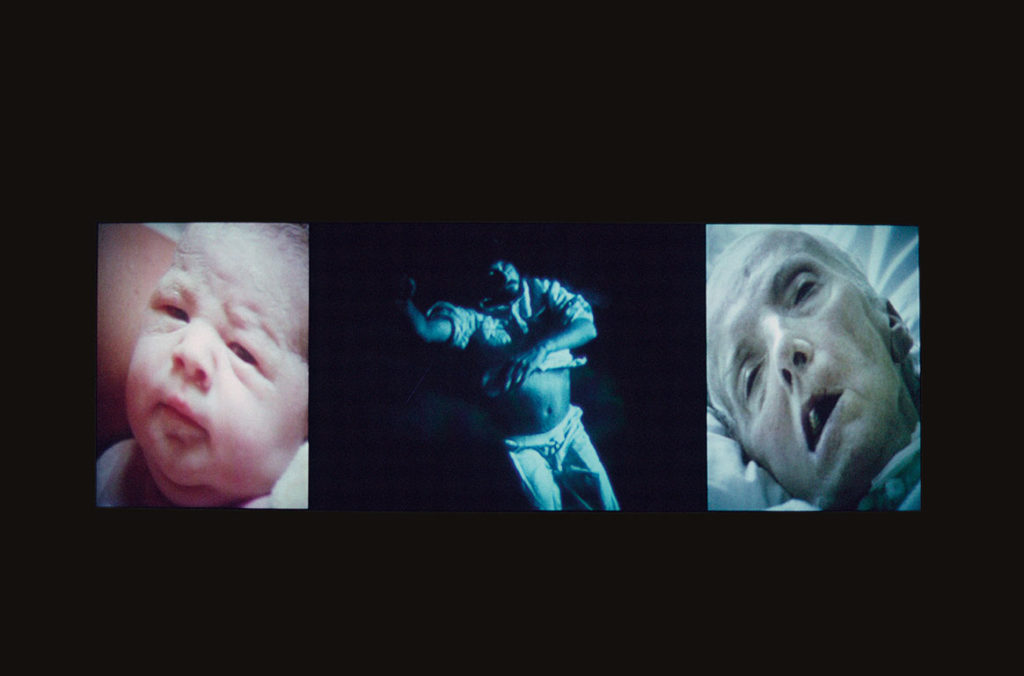
Bill Viola, Nantes Triptych, 1992
Video/sound installation
Courtesy Bill Viola Studio
Photo: Kira Perov
On the opposite wall we see studies of the Madonna and Child from Michelangelo and the relief tondo The Virgin and Child with the Infant St John the Baptist (c. 1504 – 05).
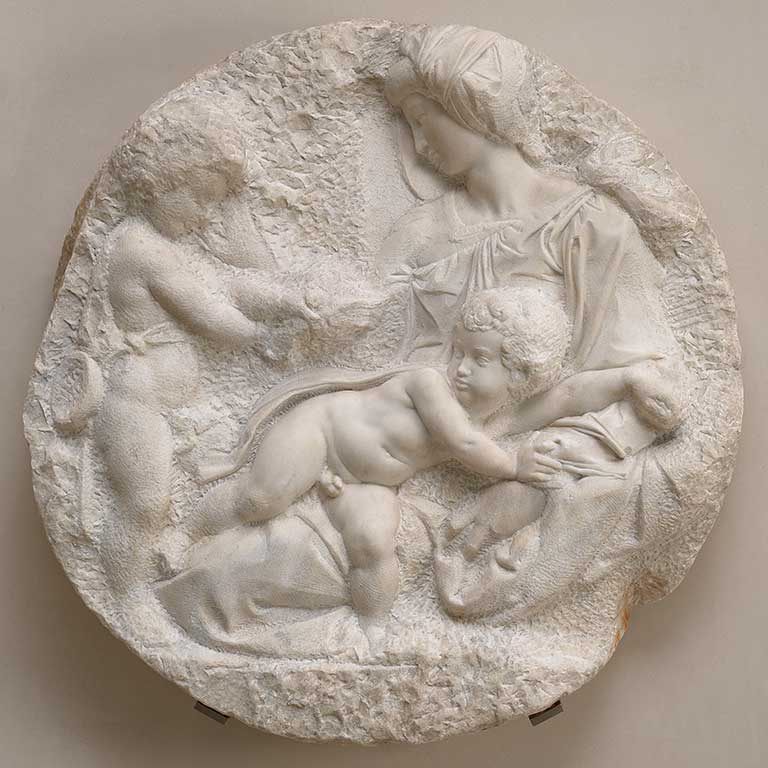
In Bill Viola’s Reflecting Pool (1977-79), a room contains a projected video on a semi-transparent cloth screen suspended from the ceiling in the
In his Slowly Turning Narrative (1992), we see a central rotating large screen projected video on one side and mirrored on the other side. In the background this amplified mono sound with ominous repeating words, “… the one of feels, the one who calls, the one who eats ….”
Bill Viola believes the dream state is one of the most important things in human existence. In The Sleep of Reason (1988) a white-walled carpeted room containing a wooden chest, a lamp, an alarm clock, a small portable television with a black and white video of a sleeping man. Intermittently the room plunges into darkness, this is suddenly coupled by ‘image seizures’ – lucid dreamlike sounds and projected video images take over. Then it returns to the stark white room again.
In Man Searching for Immortality/ Woman Searching for Eternity (2013), an elderly man and woman are projected onto black granite slabs. They survey their bodies with small torches like they are searching for something, perhaps trying to figure out where their youth has gone – a moving representation of our passage through time.
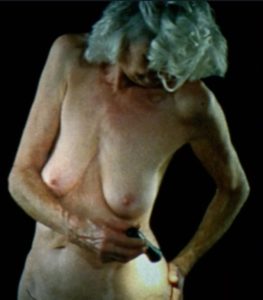
Bill Viola, Tristan’s Ascension (The Sound of a Mountain Under a Waterfall), 2005, is the final installation in the show. This powerful piece of work, describes the ascent of the soul in the space after death as it is awakened and drawn up in a backward-flowing waterfall.
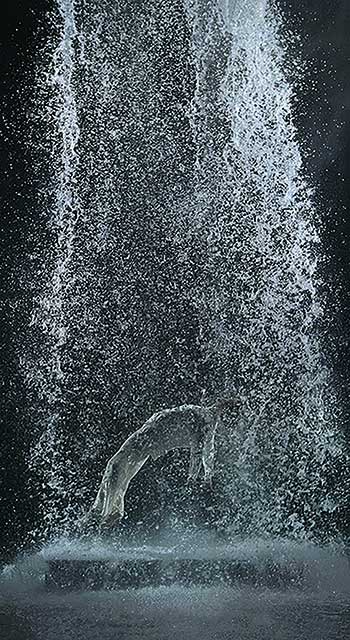
Bill Viola, Tristan’s Ascension (The Sound of a Mountain Under a Waterfall), 2005
Video/sound installation
Performer: John Hay
Courtesy Bill Viola Studio
Photo: Kira Perov
Bill Viola / Michelangelo: Life Death Rebirth runs from 26 January — 31 March 2019 at the Royal Academy of Art. I have visited the exhibition three times already and highly recommend people see it.


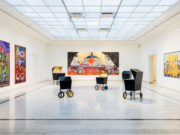

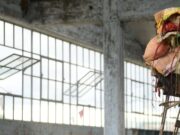
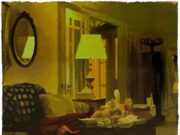



![Antigone [on strike] | Review Ali Hadji-Heshmati and Hiba Medina in Antigone [on strike] at Park Theatre, London. Photo: Nir Segal](https://theartiscapegallery.com/wp-content/uploads/2025/02/Antigone-on-strike-photo-by-Nir-Segal-D1_Standard-180x135.jpg)
